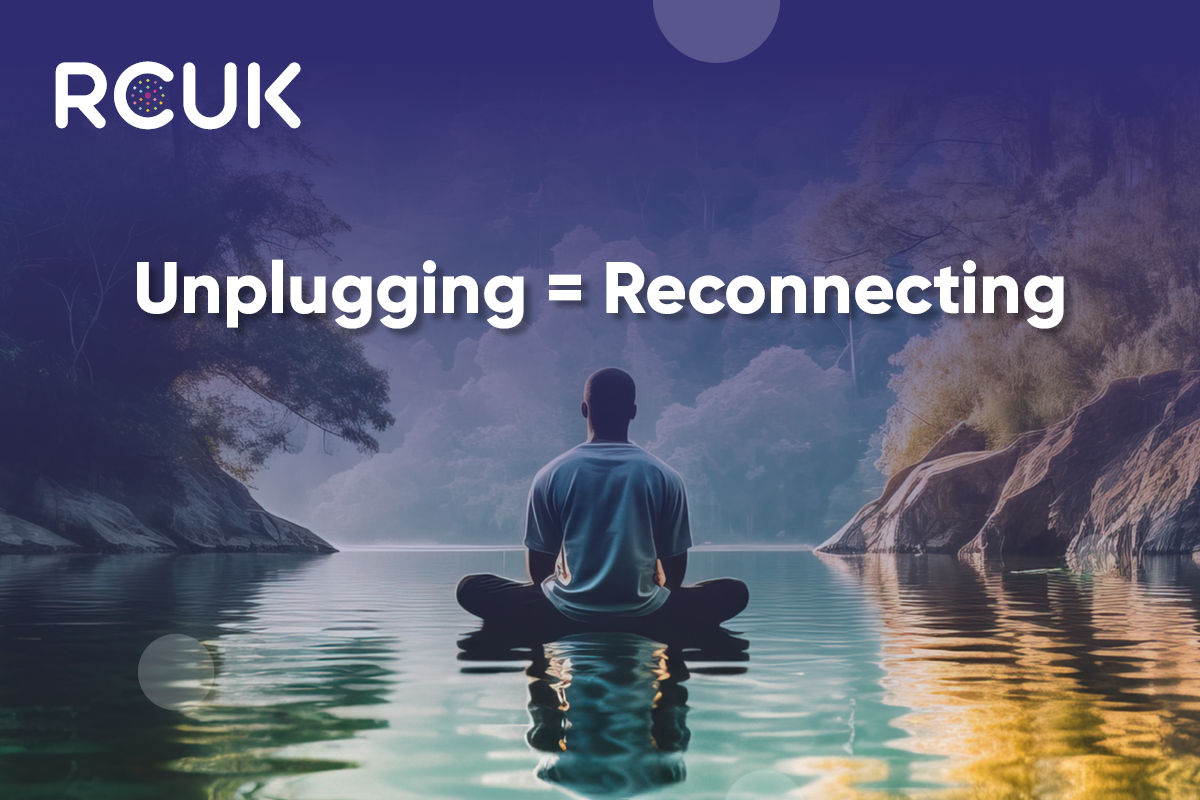Currently there are two main screen types available for your smartphone – Liquid Crystal Display (LCD) and Light Emitting Diode (LED). Both these options have pros and cons, but before we look at what these are, it is worthwhile understanding how each of these works, as this has an impact on its suitability.
LCD
Liquid crystal displays are made up of a panel of liquid crystal molecules. An electric current is then passed through them so that they will either allow light through or block it completely. Allowing light totally through is white and completely blocking it is black. Colours are produced by the graduation between totally off and totally on. It is important to realise here that the liquid crystals do not produce any light themselves but need a back light behind the display to shine through.
LED
An LED screen operates in a similar way to an LCD, but rather than liquid crystal has light emitting diodes. These diodes give off light when an electric current is passed through, so do not need a back light and can be turned totally off when no light is needed. Most smartphones use a type of LED display called AMOLED (Active Matrix Organic LED) which are very thin because they use organic polymers
Pros and cons of LCD and LED for your smartphone screen
Let’s start with LCD. Firstly, these are cheaper to produce which is why they tend to be used in mid-range and budget-priced phones. They also offer a better display in bright sunlight. Against this must be considered the fact that because of the back light they use up your battery quicker. Also, they tend to be more bulky and heavier (although this latter factor is becoming less so with advances in technology and manufacturing).
Moving onto the LED screen. This technology is more lightweight and thinner and offers better images when displaying dark pictures or videos. It also offers pure blacks because individual diodes can be turned off. This also means that an LED screen uses less battery than an LCD, something now being utilised with Dark mode in Android 10. The only real negative of an LED screen is the cost, which is why they tend to be used in flagship phones, rather than budget ones.
So, which is best?
As time goes on LCD screens are getting thinner and more power-efficient and LED ones are becoming more affordable. This means the gap between them is getting less and less. Nevertheless, the fact that manufacturers utilise LED screens in their top-end handsets indicates that these are probably the better option. But apart from power usage and the display of pure blacks, average users would be hard pushed to tell which is which in a blind test.
Most people look at the design aesthetics of the phone first, whether it has the camera, processor and battery they want second and then finally may consider the screen type. Despite this it is always useful to look at screen type and if you are considering two very similar handsets, go for the one with an LED screen.








